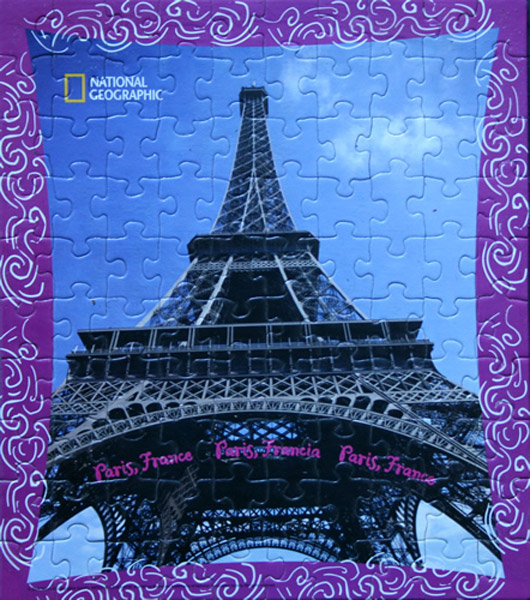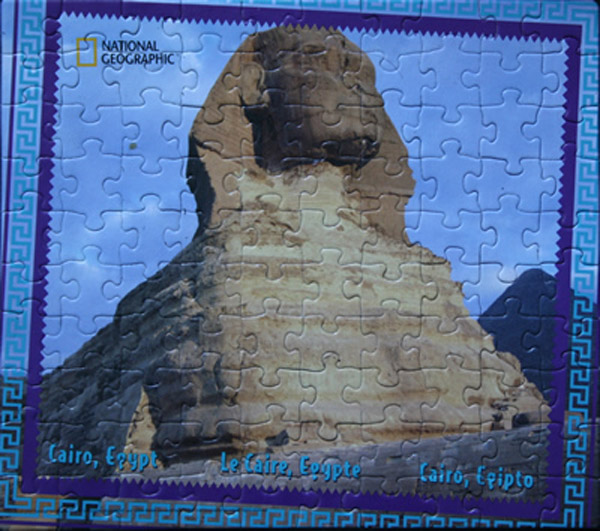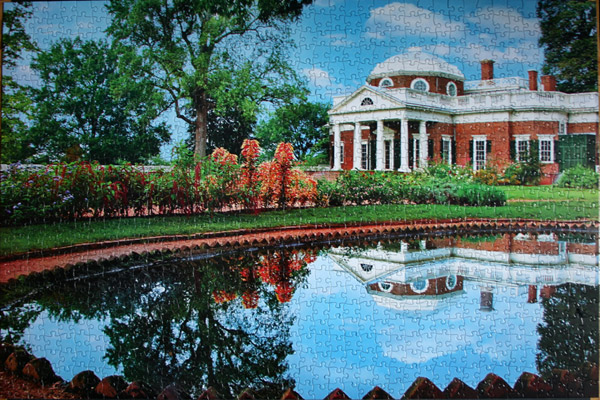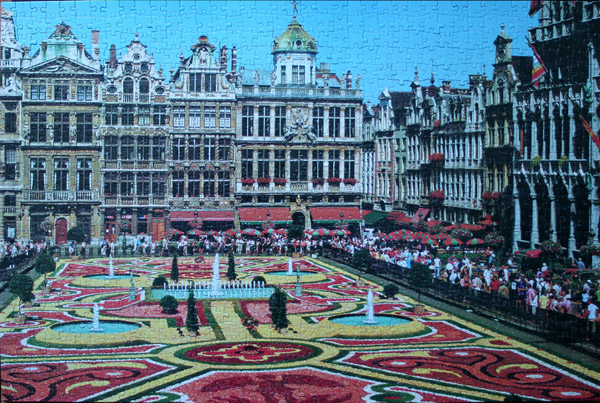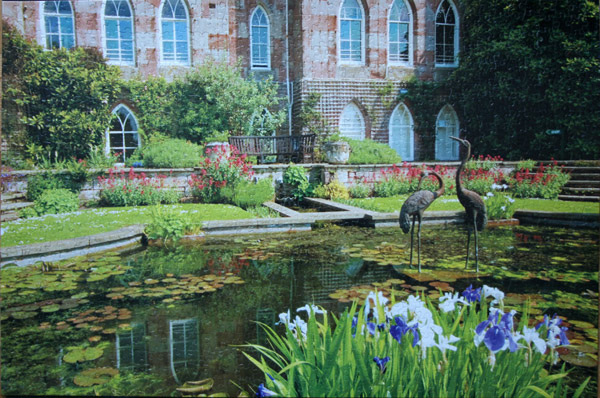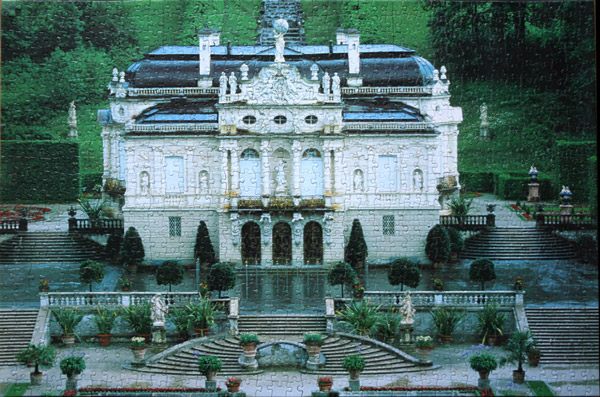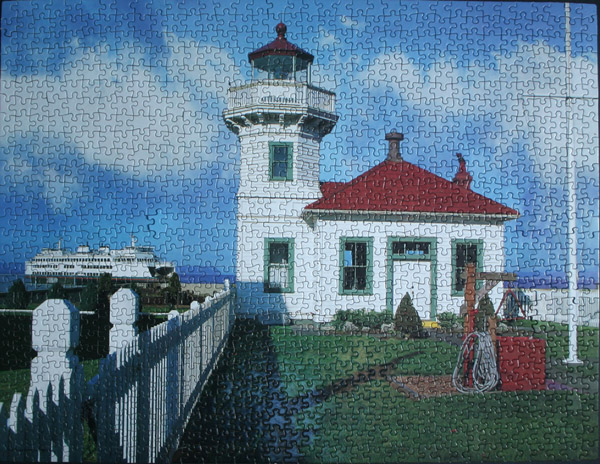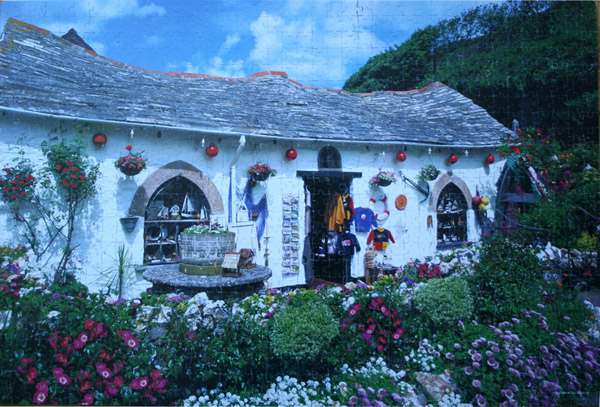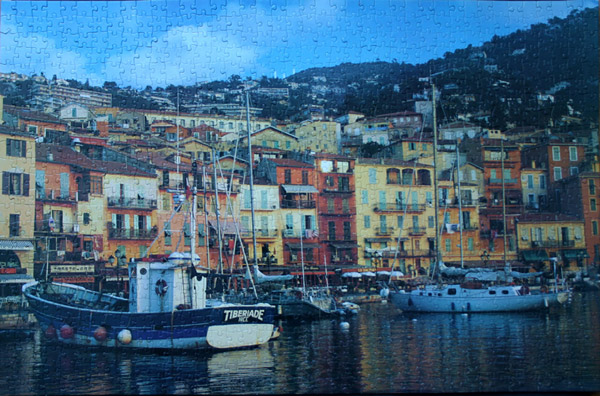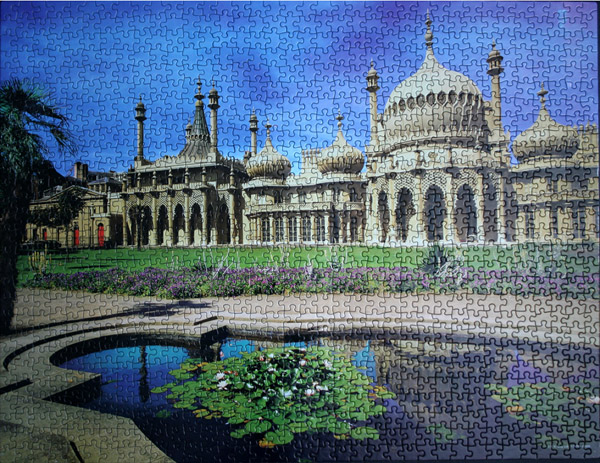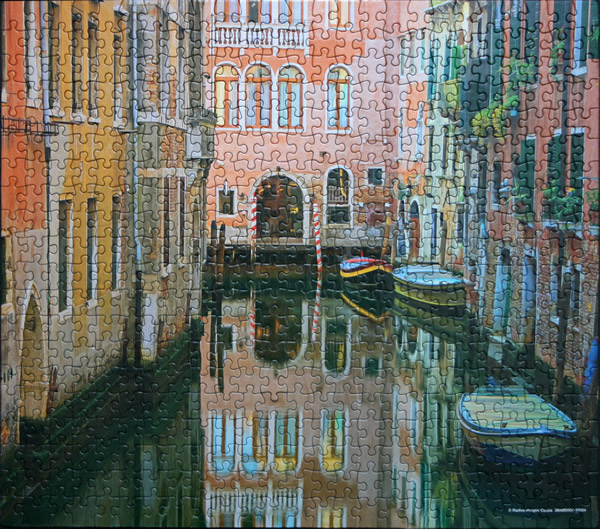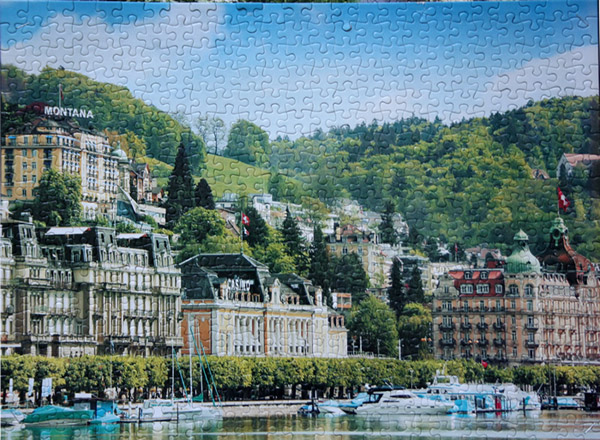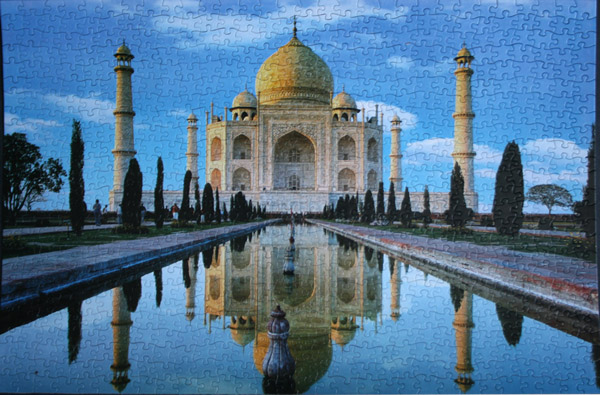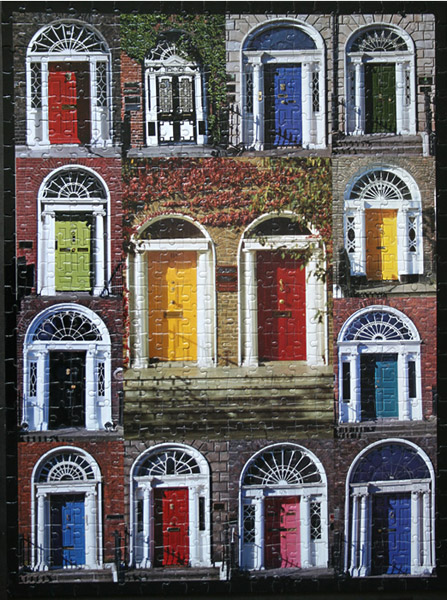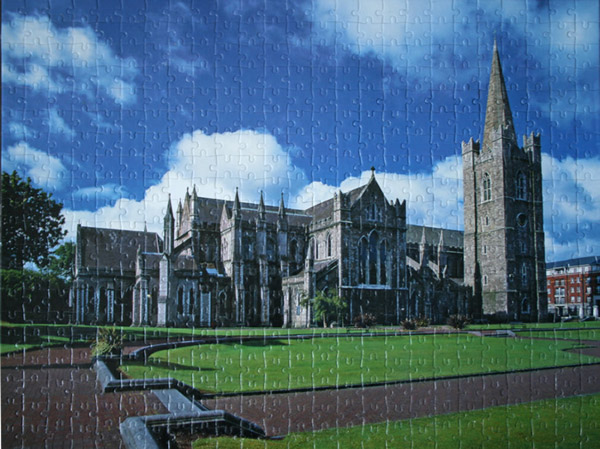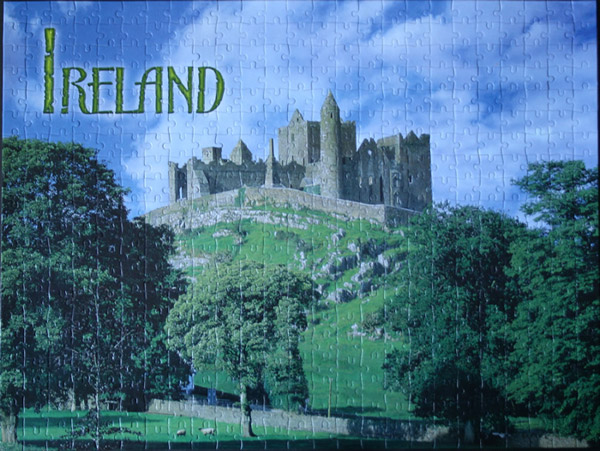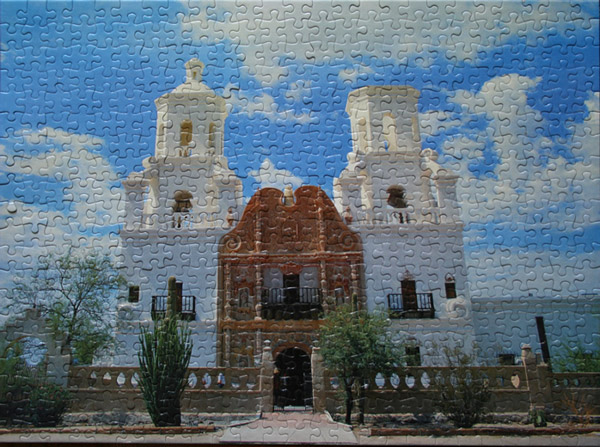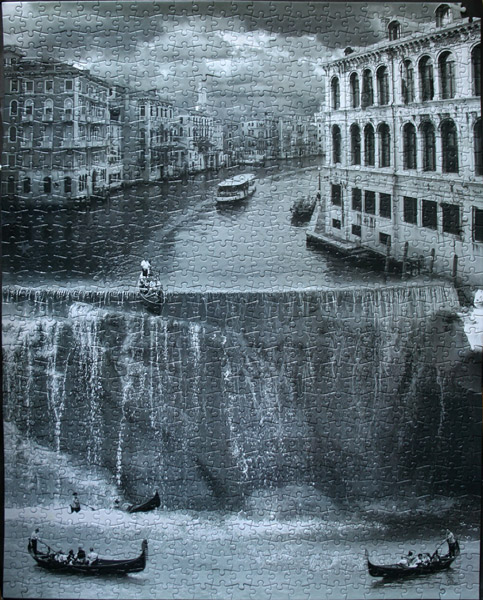Size: 100 pieces
Dimensions: 23.17cm x 26.35cm
Producer: RoseArt, National Geographic series
Notes: The Eiffel Tower (French: La Tour Eiffel, nickname La dame de fer, the iron lady) is a wrought iron lattice tower located on the Champ de Mars in Paris. Built in 1889 as the entrance arch to the 1889 World’s Fair, it has become both a global cultural icon of France and one of the most recognizable structures in the world. The tower is the tallest building in Paris and the most-visited paid monument in the world; millions of people ascend it every year. It is named after the engineer Gustave Eiffel, whose company designed and built the tower.
The tower stands 320 metres tall, about the same height as an 81-story building. During its construction, the Eiffel Tower surpassed the Washington Monument to assume the title of the tallest man-made structure in the world, a title it held for 41 years, until the Chrysler Building in New York City was built in 1930. [Wiki]






